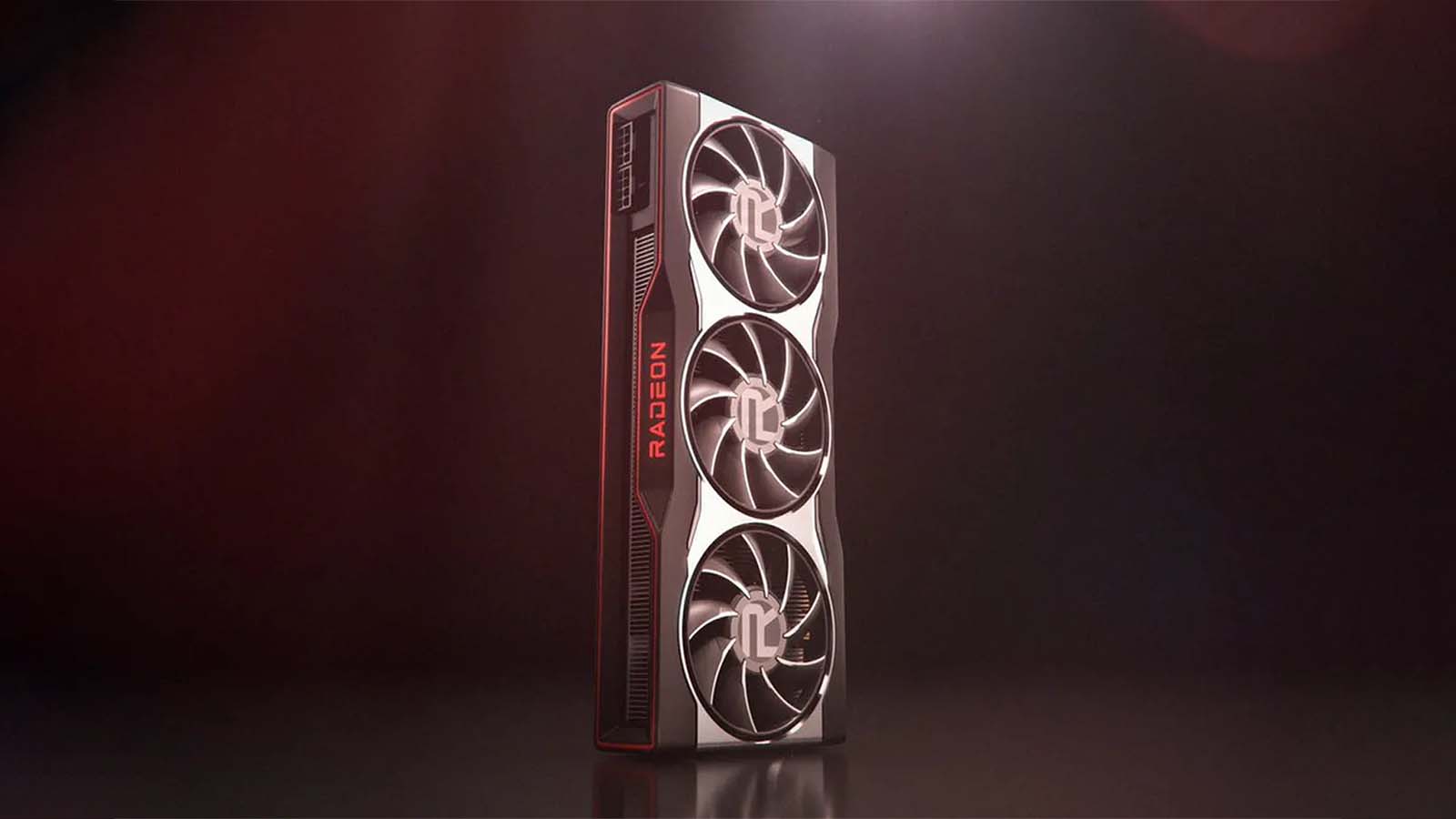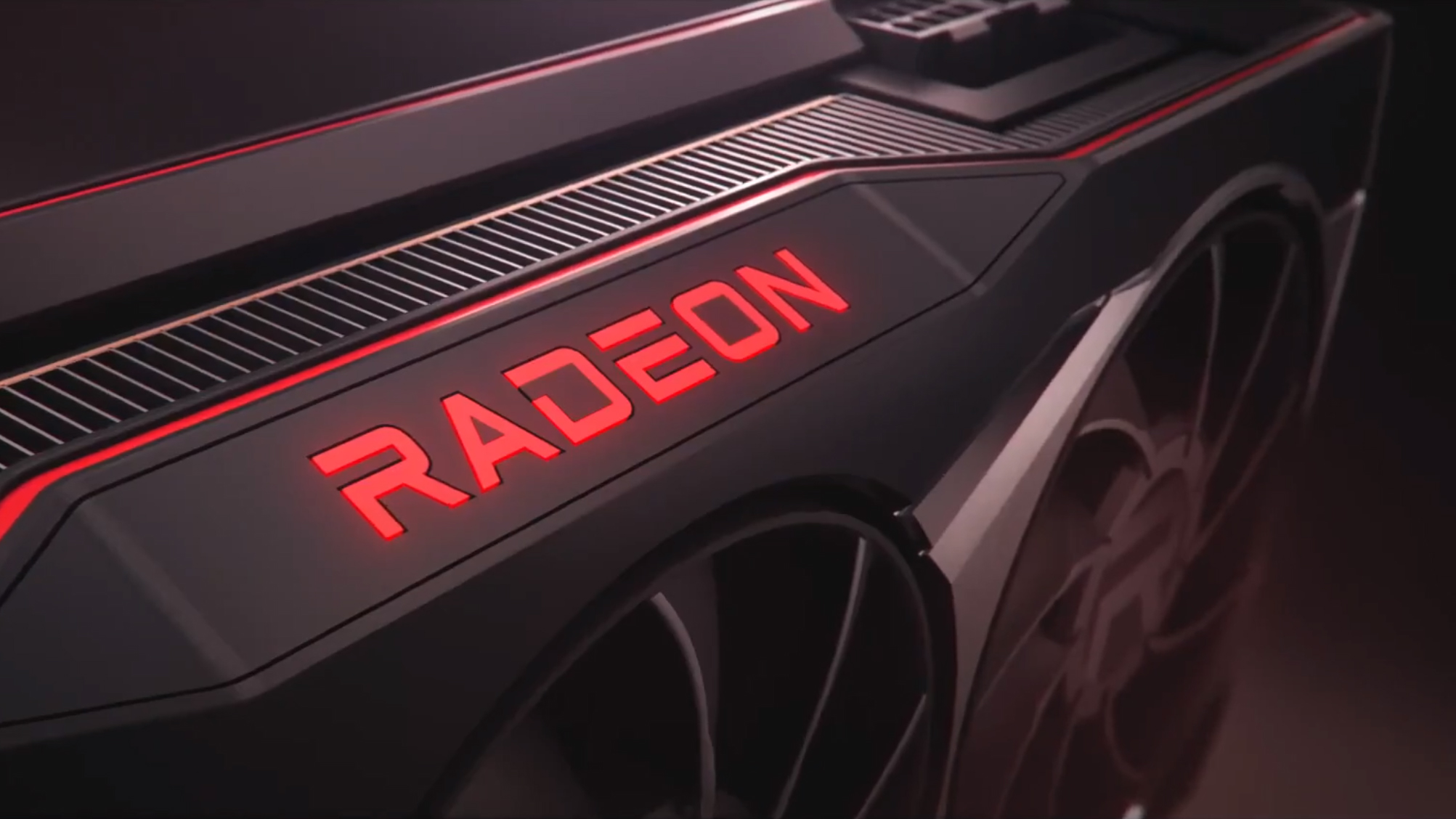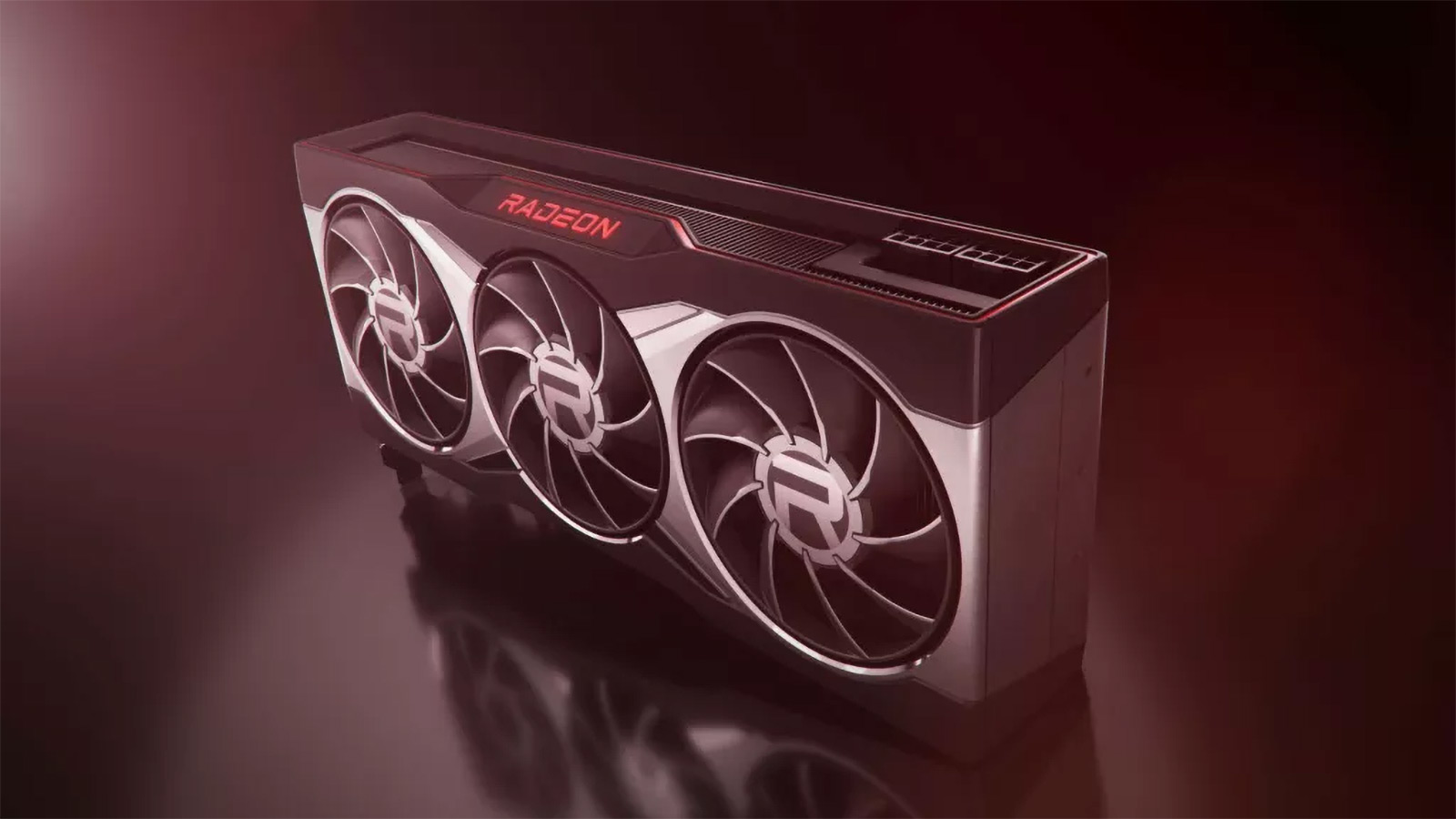AMD RDNA 3: Everything we know about Radeon RX 7000
AMD RDNA 3 will bring a new design and hopefully some major performance boosts

AMD has been keeping much of the AMD RDNA 3's details surrounding its imminent launch, as well as its next generation of GPUs under wraps. But the manufacturing giant announced its “together we advance_gaming” livestream event for November 3, which is set to reveal more about the Radeon RX 7000 series of graphics cards, powered by the RDNA architecture.
It’s been two years since AMD first introduced RDNA 2, aka Big Navi, which powered its Radeon RX 6000 series. As you can imagine, such a long wait between the release of its current-gen and next-gen chips is unprecedented going by AMD’s own schedule, but now we’ll hopefully have a release date revealed during the livestream.
For those not familiar with RDNA, it’s the architecture behind AMD’s graphics cards. It includes the design of the compute units and cache, as well as the shaders and visuals. And from what we’ve seen so far, the AMD RDNA 3 is poised to build on the already strong strides the tech giant has made with its last generation of GPUs.
AMD RDNA 3: cut to the chase
- What is it? AMD’s next-gen GPU architectures, following up the Radeon RX 6000 Series.
- When is it out? November 2022
- What will it cost? Anywhere from $400 to $2,000+

AMD RDNA 3 release date
It looks like we're going to be seeing some - but not all - of the new RDNA 3 GPUs during AMD's reveal stream on November 3, with an apparent immediate release of the new cards on the same day. Though the rumor mill itself has recently supported a December 2022 release window, which has been supported by AMD itself stating the chips will be dropping later this year.
Exactly which cards are going to launch is still unconfirmed, although an EEC trademark filing made by AMD lists several GPUs by name as spotted by Twitter user @harukaze5719.
The filing lists ten GPUs ranging from the RX 7900 XT down to the budget RX 7500, with XT and non-XT versions of each card. However, we learned from a separate, more recent leak that the flagship card could in fact be a super-charged Radeon RX 7900 XTX, so don't expect to see every card listed in the EEC document.
[EEC]- NVIDIA RTX 40 series and RTX 30 Super series- AMD RX 7000 serieshttps://t.co/1p8cVDjtsxhttps://t.co/3MfkecGem9 pic.twitter.com/Rwy2o4FCCdJuly 26, 2022
Our current expectations are that we'll see three GPUs in the initial lineup, matching Nvidia's three-card announcement earlier this year (even if Team Green did have to hastily 'unlaunch' one of those cards).
Get daily insight, inspiration and deals in your inbox
Sign up for breaking news, reviews, opinion, top tech deals, and more.
We suspect that this will be the RX 7900 XTX, a slightly less powerful RX 7900 XT, and then a somewhat more affordable card - perhaps the 7800 XT or 7700 XT. Both AMD and Nvidia have become slow at rolling out their lower-end GPUs in each new generation, so don't expect a budget-friendly Radeon RX 7500 to arrive anytime soon.
AMD RDNA 3 price
We have little basis for guessing at the prices of AMD’s RDNA 3 graphics card. Logically, the new GPUs — Navi 31, 32, and 33 — will be the successors to the Navi 21 found in the $999 Radeon RX 6900 XT and $649 RX 6800 XT, Navi 22 found in the $479 RX 6700 XT, and Navi 23 found in the $379 RX 6600 XT, respectively.
Given supply chain and logistics issues over the past two years that are still causing problems, as well as TSMC’s possible price hikes for chip fabrication, we're sure that we’ll be seeing Radeon RX 7000 Series graphics cards that are more expensive than their predecessors - we'd estimate a price increase of around 10-20% over the previous generation.
With that in mind, RedGamingTech has suggested the top-end model may be set up to be a true beast and could cost over $2,000 - however, we think this is overblown. The rumored RX 7900 XTX has no last-gen counterpart, so it will likely have an MSRP close to Nvidia's competing flagship, in the $1,599 range.

AMD RDNA 3 specs and performance
AMD confirmed, via Wccftech, that its RDNA 3 chips will have a huge boost in performance. According to the Senior Vice President of Engineering, Radeon Technologies Group, David Wang, there will be a 50% performance per watt uplift for next-gen compared to the RDNA 2 chips.
The information published by AMD states that this performance increase is achieved through a 5nm process node, a refined version of the RDNA 2's adaptive power management technology, rearchitectured compute unit, advanced chiplet packaging, an optimized graphics pipeline, and a new generation of AMD Infinity Cache.
Other than that, there’s little more to go on than whispers and rumors when it comes to the specs of RDNA 3-based graphics cards, but those that we’ve heard suggest some powerful chips that are going to be borrowing a key page out of AMD’s Ryzen CPU playbook.
One of the first things to understand about RDNA 3 is that it’s going to make another shift away from how some of the components are understood with previous architectures. With RDNA 2, the chip contained a number of shader engines, which in turn contained a host of dual compute units loaded with stream processors, texture units, and ray accelerator units.
For RDNA 3, the notion of a compute unit seems to have been replaced with workgroup processors which in turn contain stream processors and other elements, and the new models may be simply stuffed. That may be in part because AMD is going with a smaller 5nm manufacturing process to fit more into a tighter space and because it’s going to use a multi-chip module design — putting multiple GPU chiplets onto a chip instead of one monolithic chip — just like it has done on Ryzen processors. While this is still largely rumor and speculation, take the rest of this as even less certain until AMD makes an official announcement.
Putting the new design into perspective, Navi 31 is believed to have two chiplets each with 30 workgroups, which contain 256 cores (or stream processors) each. That makes for 7,680 cores per chiplet and a total of 15,360 cores for the whole Navi 31 chip — triple the number of stream processors found on the RX 6900 XT.
Regular hardware leaker @Greymon55 on Twitter suggests that the Navi 31 chip connect to 16GB of GDDR6 memory on a 256-bit bus and include 256MB (or 512MB, according to sources for RedGamingTech) of 3D Infinity Cache, boosting performance considerably to make up for not using GDDR6X, and run at up to 2.5GHz. A more recent leak from Benchlife has indicated that it could have 20GB, with the rumored RX 7900 XTX model packing a whopping 24GB.
Navi 32 would in turn have 40 workgroup processors, 12GB of GDDR6 on a 192-bit bus, have 192MB of 3D Infinity Cache, and run between 2.6 and 2.8GHz.
Navi 33 drops down to 16 workgroup processors, 8GB of GDDR6 on a 128-bit bus, 64MB of Infinity Cache, and clocks between 2.8 and 3.0GHz.
To put this in some more perspective, Navi 31 would have the previously mentioned 15,360 stream processors, Navi 32 would hit 10,240, and Navi 31 would boast 4,096 (within striking distance of the number in the Radeon 6900 XT).
While teraflops don’t tell us everything about a GPU’s performance, it can be a somewhat useful metric for comparison. And taking the core counts and clock speeds, we’d be expecting Navi 31 to hit a peak 76.8 TFLOPS of FP32 performance, Navi 32 to get 57.3 TFLOPS, and Navi 33 to reach 24.6 TFLOPS.
We do expect the new chips to offer a big boost in efficiency. Switching to a small manufacturing process will play a part in that. And AMD’s Executive Vice President, Rick Bergman, even before the launch of RDNA 2, said that RDNA 3 would offer a similar leap in performance-per-watt, which should mean they’ll be 50% more efficient than RDNA 2. That doesn’t mean they won’t still be power hungry, though, as RedGamingTech suggests Navi 31 cards should consume about 375W of power but could go as high as 450W.
We’ll have to wait and see how much of this turns out to be true.
- AMD vs Nvidia: who makes the best graphics cards?
Over the last several years, Mark has been tasked as a writer, an editor, and a manager, interacting with published content from all angles. He is intimately familiar with the editorial process from the inception of an article idea, through the iterative process, past publishing, and down the road into performance analysis.
